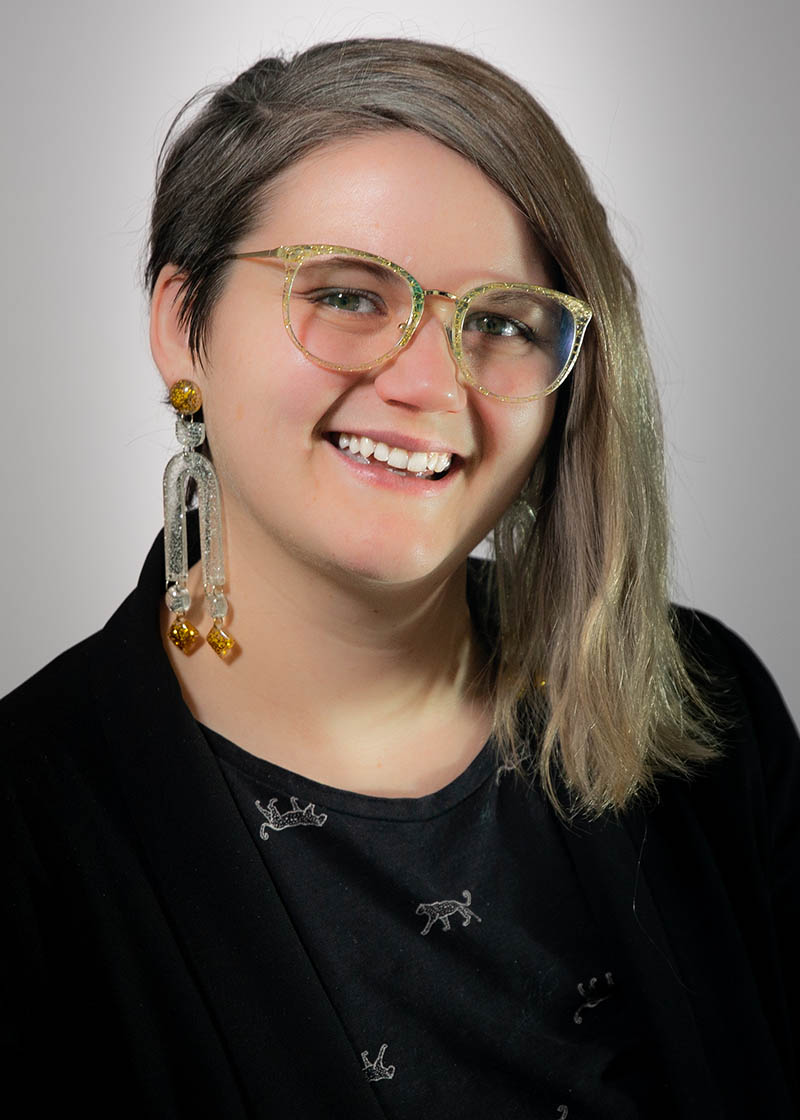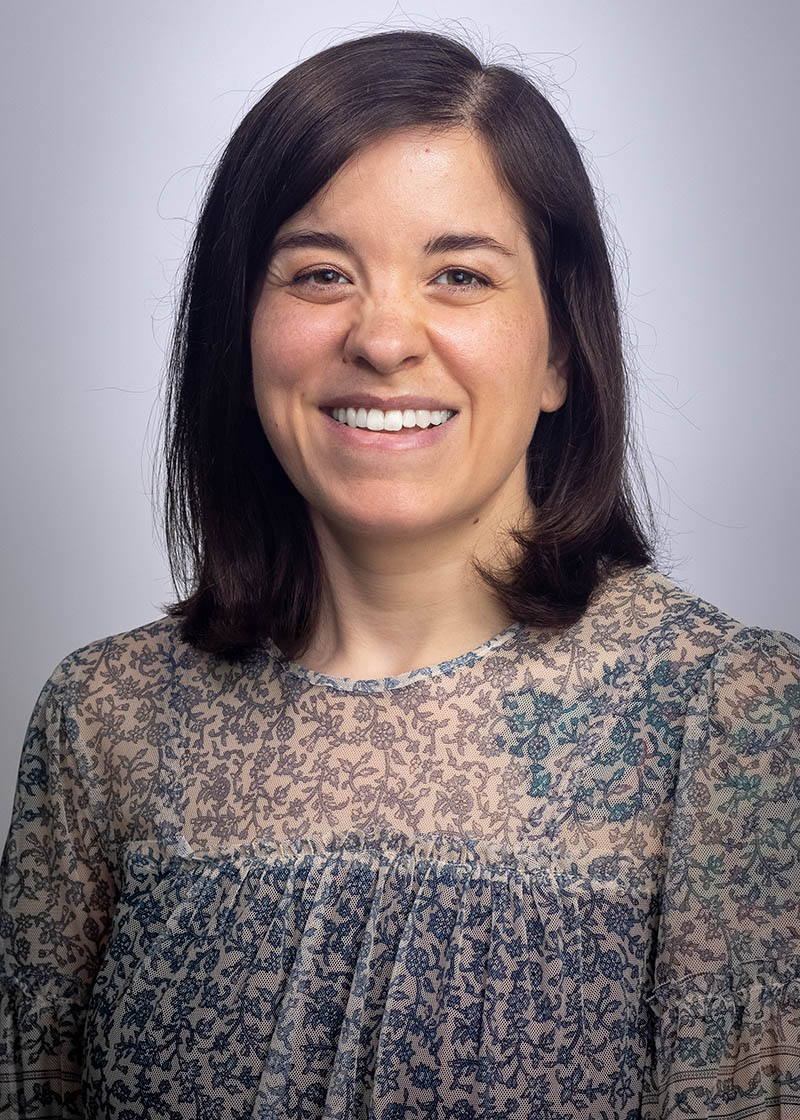Since it was founded in the spring of 2021, The University of New Mexico Health Sciences Library & Informatics Center’s Justice, Equity and Inclusion (JEI) Committee has been dedicated to developing a welcoming and inclusive environment for library patrons.
During the first year, the group quickly identified three main priorities for the library: Developing training sessions, improving spaces and adding to the materials collection.
“The first year was a lot of identifying where we needed to do the work,” said Kelleen Maluski, MLIS, the Student Success & Engagement Librarian, who also leads the JEI Committee. “Now that we’re in our second year of the committee, we’re working on a lot of the things we identified as needs in the first year.”
First, the JEI Committee quickly implemented regular staff training sessions, inviting speakers to present on a variety of topics. HSLIC employees are now required to attend three JEI trainings per year, although the training resources are available to anyone at UNM.

It’s important for us to bring outside voices for these trainings to bring in various perspectives. One initiative is to give more programming that would allow for all of our community to engage in these conversations
“It’s important for us to bring outside voices for these trainings to bring in various perspectives,” Maluski said. “One initiative is to give more programming that would allow for all of our community to engage in these conversations.”
The second subcommittee focuses on spaces. Their task was to examine the physical and digital library spaces and then work to improve navigation and accessibility.
The spaces subcommittee decided early on that a wellness room should be a priority. Located in Room 325 in HSLIC, the recently built wellness room is a space set up for people to take a break from studies or work by offering a place to meditate, pray or simply decompress.
Resources available in the room – which, unlike a study room, does not require a reservation – include coloring books, a prayer rug, a yoga mat, a meditation cushion, fidget toys, a Buddha board and more. The wellness room will be moved to a bigger space in HSLIC before the end of the year to allow for the growing number of resources.
“It’s a room that we created to allow people to take a needed wellness break,” Maluski said. “But also, it’s a room for anyone with neurodiversity that has different light and sound functionality.”
In other spaces of the library, as a result of a discussion around gender neutral restrooms in the library and upon receiving feedback from a frustrated student, a free menstrual product program was established. All six HSLIC restrooms are now stocked with free menstrual products and early feedback from students has been positive.
“There’s definitely a lack of access on campus and we felt strongly about addressing this need,” said Varina Kosovich, MA, MLS, library information specialist and member of the JEI Committee. “Moving forward, we’re hoping to continue the conversation we’ve started with our students and adapt our spaces, including looking at accessibility.”
As for collection development, the JEI Committee recently purchased several books and e-books related to social justice and anti-racism that could potentially aid with instruction or in clinical settings.
Some recent additions to the collection include “Trans Kids and Teens: Pride, Joy and Families in Transition,” which is a comprehensive guide to the medical, emotional and social issues of transgender children, “Braiding Sweetgrass,” a Potawatomi woman’s handbook on the science and teachings of plants, and “Disability Visibility: First-Person Stories from the Twenty-first Century,” an anthology of contemporary essays by disabled people.
To help further create a welcoming and critically-engaging space, these books and more have been used in in-person and virtual displays for Pride Month, Hispanic Heritage Month and Women’s History Month, as well as to highlight the #CiteBlackWomen movement.
Looking ahead, the committee hopes to focus on an auditing process, as well as more events and training sessions. After wrapping up the committee’s first fiscal year in June, Maluski said accomplishing the year’s goals was a team effort.
“It’s a lot of good work,” Maluski said. “The amount that we’ve gotten off the ground so quickly has been impressive.”

